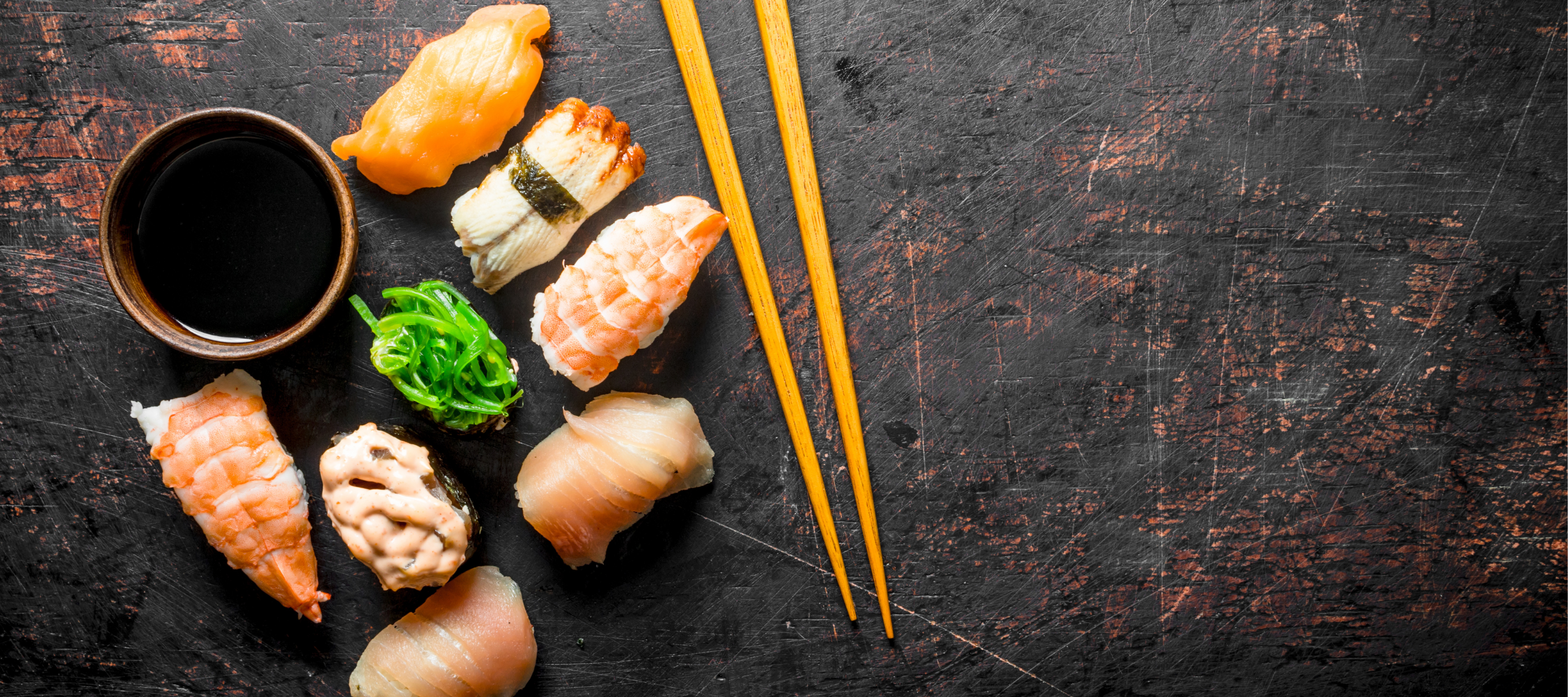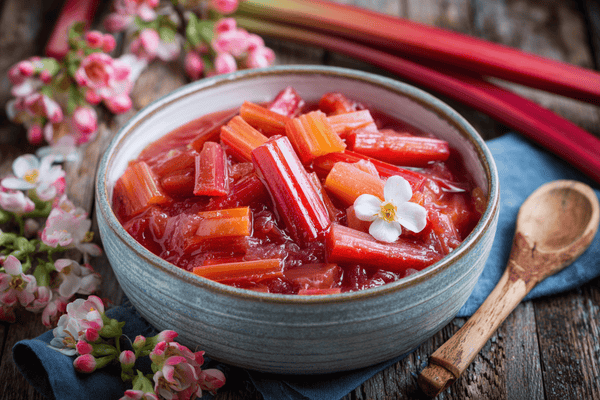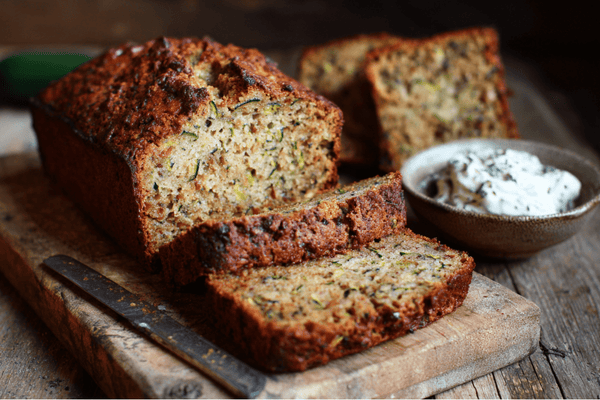
If you’re into Japanese cuisine then you will know that the ingredients are vastly different to those you might find on a western plate. With this in mind, you will need to stock your pantry so that you can reach in and grab whatever you need to create tasty traditional Japanese dishes.
So to get you better acquainted with some of the ingredients you might need, we're creating a series about each of the most important staples that you’ll find in any Japanese kitchen. Each short guide will tell you everything you need to know about the ingredient and how to use it. Today, we’ll shine the spotlight on soy sauce.
Table of contents
Shoyu - An Important Japanese Staple
Look at any Asian cuisine and you’ll likely see soy sauce in some capacity. Much of the eastern part of the continent uses it in its dishes and Japan is absolutely no different. While soy sauce has its roots in China, it didn’t take long for the Japanese to cotton on to how versatile this ingredient is and you’ll now find it on all Japanese tables.
What Is Soy Sauce?
 Soy sauce is a deep brown liquid, although you can get light soy sauce and dark soy sauce, with the latter being a little heavier. The lighter version of soy sauce also has a much saltier taste and there is a third variety known as tamari which is a by-product of miso. However, most Japanese chefs would agree that the dark soy sauce is the most versatile and can even be used on its own as a dipping sauce.
Soy sauce is a deep brown liquid, although you can get light soy sauce and dark soy sauce, with the latter being a little heavier. The lighter version of soy sauce also has a much saltier taste and there is a third variety known as tamari which is a by-product of miso. However, most Japanese chefs would agree that the dark soy sauce is the most versatile and can even be used on its own as a dipping sauce.
How Is Soy Sauce Made?
 Making traditional soy sauces differs slightly between Japanese and Chinese versions.
Making traditional soy sauces differs slightly between Japanese and Chinese versions.Soy Sauce is made using the traditional brewing or fermentation process known as “honjozo”. This salty liquid condiment is made from soaking soybeans in water and roasting and crushing the wheat. The fermented soybeans are then combined with the wheat and a particular type of mold known as aspergillus. The ingredients are left to ferment for a long period of time, sometimes many years.
While Japanese soy sauce is made with toasted wheat, Chinese soy sauce is usually made with wheat flour. The Japanese version is also a little bit less salty than Chinese soy sauce.
Low sodium soy sauce can be found for anyone needing to reduce their salt intake, as well as Gluten-free varieties for those catering for a wheat allergy. In fact, all sorts of soy sauce varieties are available including Thai soy sauce and Korean soy sauce.
Chemically manufactured soy sauce is made by hydrolyzing soy proteins with acid and heat. The way in which chemically produced soy sauce is made, is quick and cheap and allows for easier mass production.
What Does Soy Sauce Taste Like?
Traditional soy sauce does have a heavy salty flavor but this is in no means the main part of the ingredient. In much the same way that you would add table or sea salt to a dish to boost the flavour, soy sauce is used in the same way.When the balance is just right, Japanese soy sauces can take on a range of flavours, some meaty and some a lot more delicate. It really depends what you pair it with. In some cases, it can have a sweet hit to it but in any case, it’s usually best to consume soy sauce within a few months of opening otherwise those subtle flavours begin to dissipate.
It’s also worth keeping in mind that there are different varieties of soy sauce with some being more expensive and of higher quality than others. If you’re really keen to learn the ropes, it’s worth trying a few different ones and seeing what you prefer.
How Do You Use Soy Sauce in Japanese Cooking?

When you’re stocking your kitchen with ingredients to make traditional Japanese dishes, you first need to make sure that you have the correct ones. In Japan, they use Japanese soy sauce which is typically fermented for much longer than the Chinese version, so make sure you buy this. It’s available in all good Asian supermarkets.
When it comes to how it is used, soy sauce is one of the most versatile ingredients you’ll own. Traditionally it is used to add flavour to dishes such as stir fry and enhance it as well as for seasoning. You will also get a lot of use out of your soy sauce when making other sauces as this is often a base ingredient. Because of its dark colour, soy sauce is also frequently used to change the colour of the dish making it richer and deeper.
White soy sauce, or Shiro Shoyu, is a traditional Japanese soy sauce that is lighter in flavor and color. Sporting an amber hue, it is popular with chefs when they want to add umami flavor to a dish without changing the color (as light or dark soy sauce would do).
Adding some soy sauce to baked goods' batters, such as cakes or blueberry muffins, can enhance their sweetness. The ingredient can also complement frozen desserts. Mixing just a dash of soy sauce into softened store-bought vanilla ice cream before putting it back in the freezer will bring out the butterscotch flavour of the frozen treat.
Final Thoughts
Soy sauce is a versatile condiment with a complex flavor. Darker soy sauce has a stronger flavor than lighter versions, and all soy sauce is made using a natural fermentation process.Whether you're looking to add depth of flavour to everyday dishes, or a splash of sauce to ice cream for a new and interesting dessert, it's clear that no larder is complete without a bottle of soy sauce.


